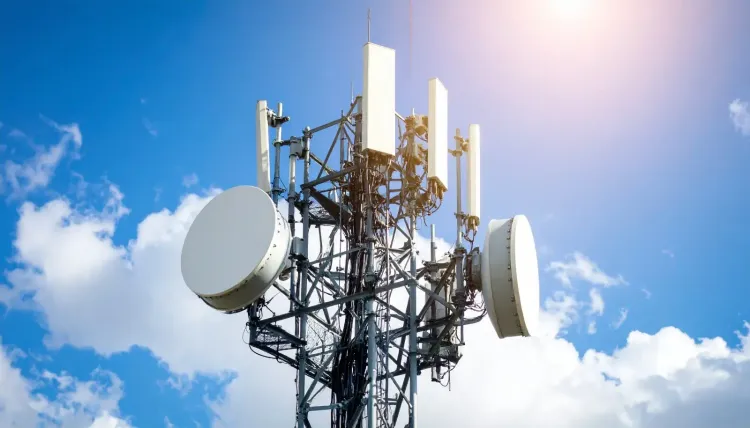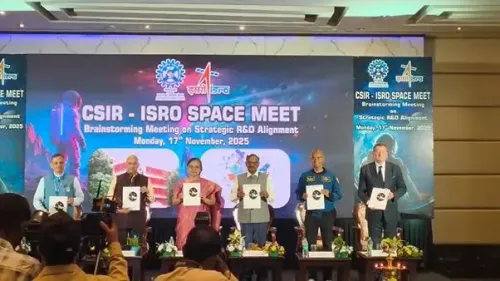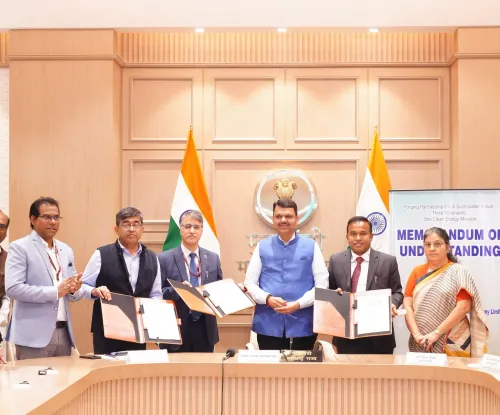What Are TRAI's New Recommendations for Digital Radio Broadcast Policy?

Synopsis
Key Takeaways
- TRAI's recommendations set the stage for digital radio in India.
- Four major cities will see the launch of new services.
- Simulcast mode enhances broadcasting capabilities.
- Broadcasters have two years to start operations post-auction.
- Authorizations valid for 15 years with revenue-based fees.
New Delhi, Oct 3 (NationPress) The Telecom Regulatory Authority of India (TRAI) unveiled its recommendations for a digital radio broadcast policy aimed at private broadcasters on Friday. The guidelines outline the terms, conditions, and reserve prices for initiating digital radio broadcasting services in four major cities classified as “A+” category—Delhi, Mumbai, Kolkata, and Chennai—as well as in nine “A” category cities: Hyderabad, Bengaluru, Ahmedabad, Surat, Pune, Jaipur, Lucknow, Kanpur, and Nagpur.
The ministry announced that digital radio services will commence in simulcast mode, requiring new broadcasters to adopt this format while permitting existing FM operators to transition voluntarily. Each assigned frequency will carry one analogue channel, three digital channels, and one data channel.
According to the ministry, radio broadcasters are expected to start simulcast operations within two years following the auction process or upon acceptance of a migration option.
The timeline for phasing out analogue broadcasting will be determined after assessing the progress of digital radio broadcasting at a future date, it added.
The Ministry of Information and Broadcasting requested TRAI's recommendations under Section 11 of the TRAI Act, 1997. A consultation paper was issued in September 2024, followed by an open house discussion in January 2025, leading to the finalization of these recommendations.
Authorizations will be valid for a period of 15 years, with fees calculated based on adjusted gross revenue, including streaming revenue as part of gross revenue calculations.
TRAI stated that digital radio broadcasting offers numerous benefits, such as the ability to broadcast three digital and one data channel, along with one analogue channel on a single frequency in simulcast mode.
In this setup, the digital radio channel will ensure superior audio quality, whereas the analogue mode can only support a single broadcasting channel on the carrier frequency.
In a competitive landscape, digital radio broadcasting can open new avenues for radio broadcasters, providing multiple listening options and enhanced services for audiences, the release highlighted.









